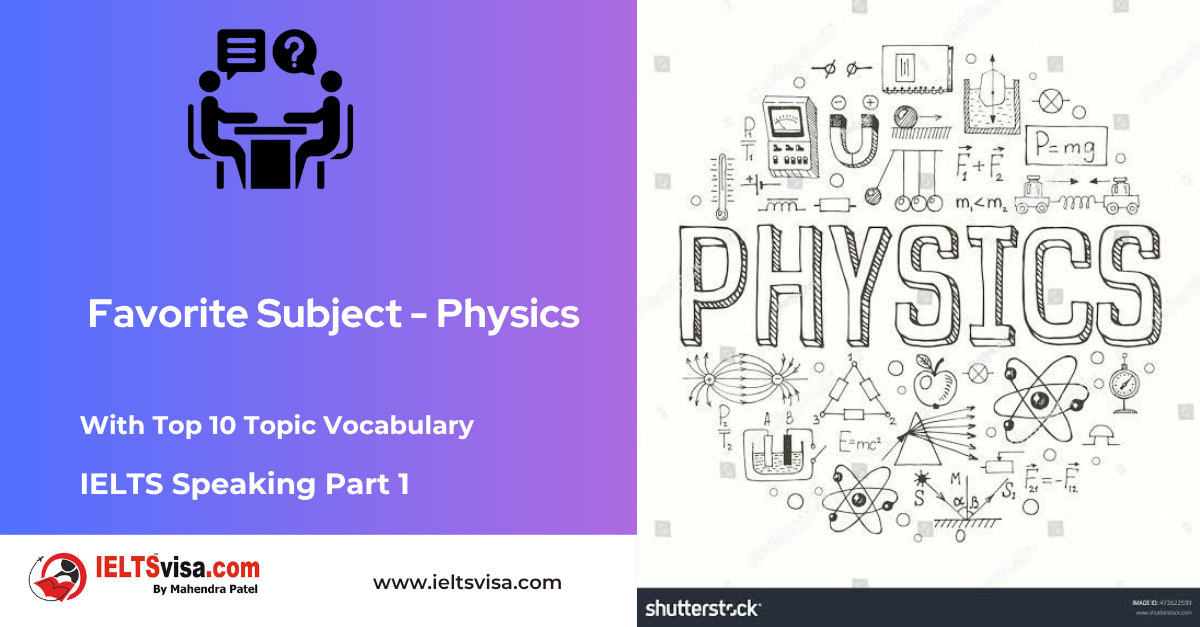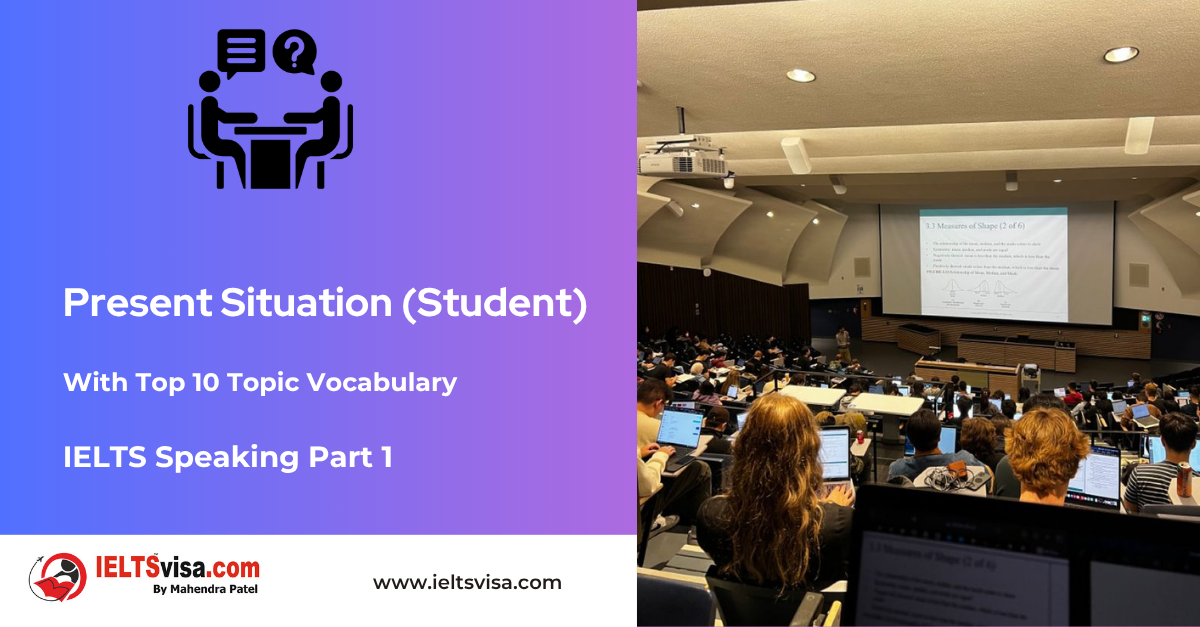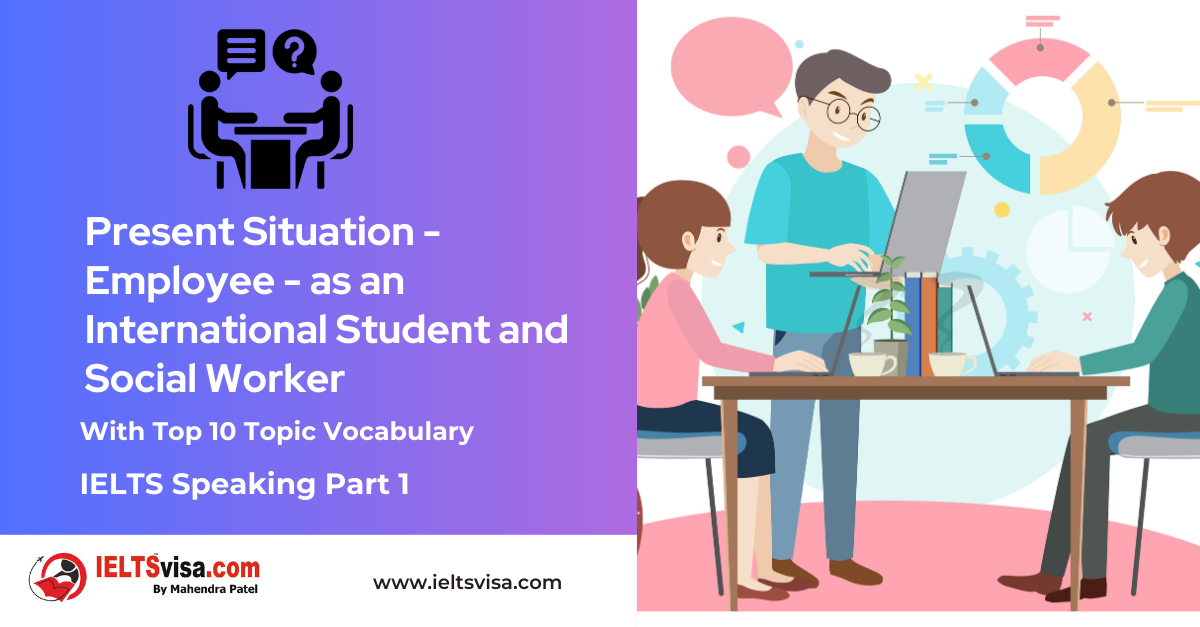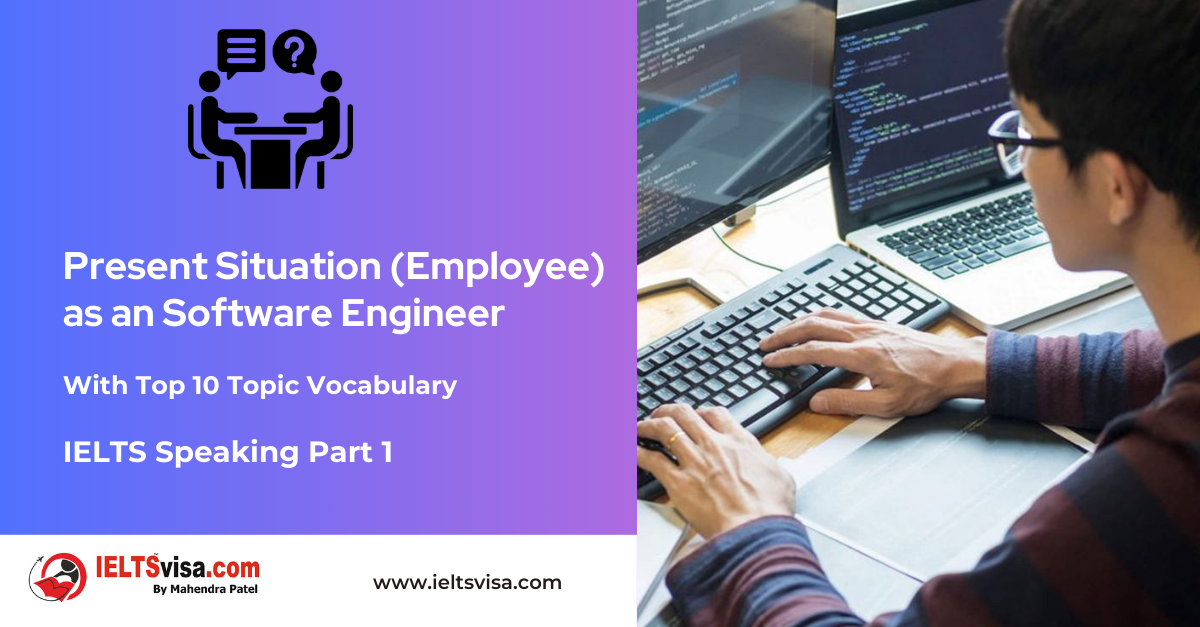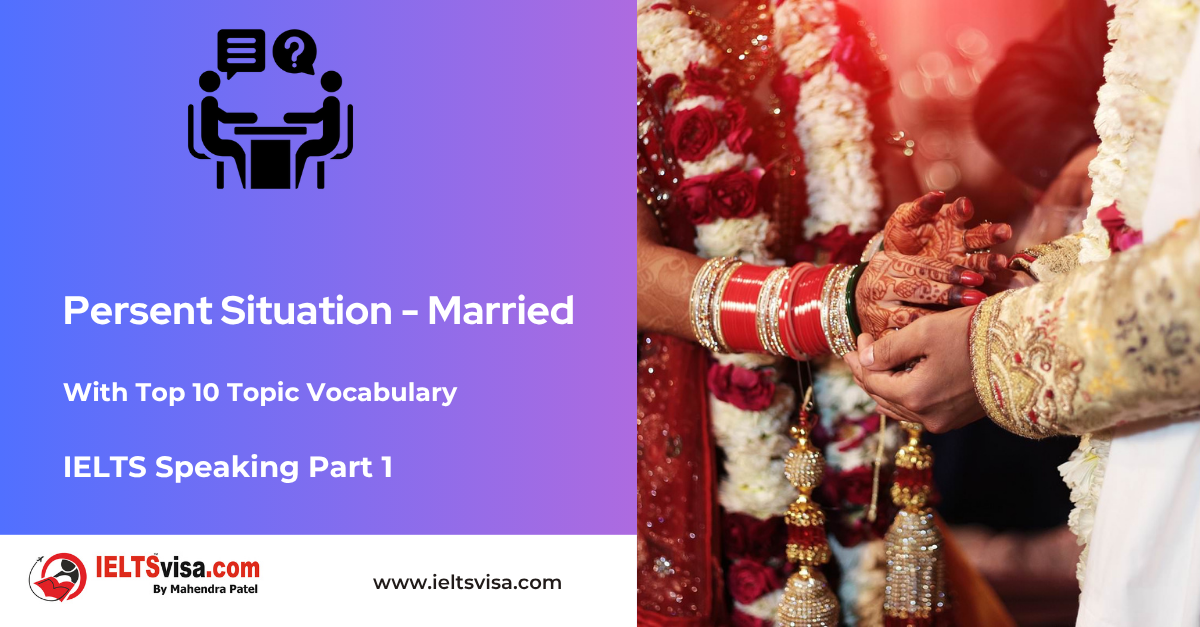IELTS Speaking Part 1 – Dance
IELTS Speaking Practice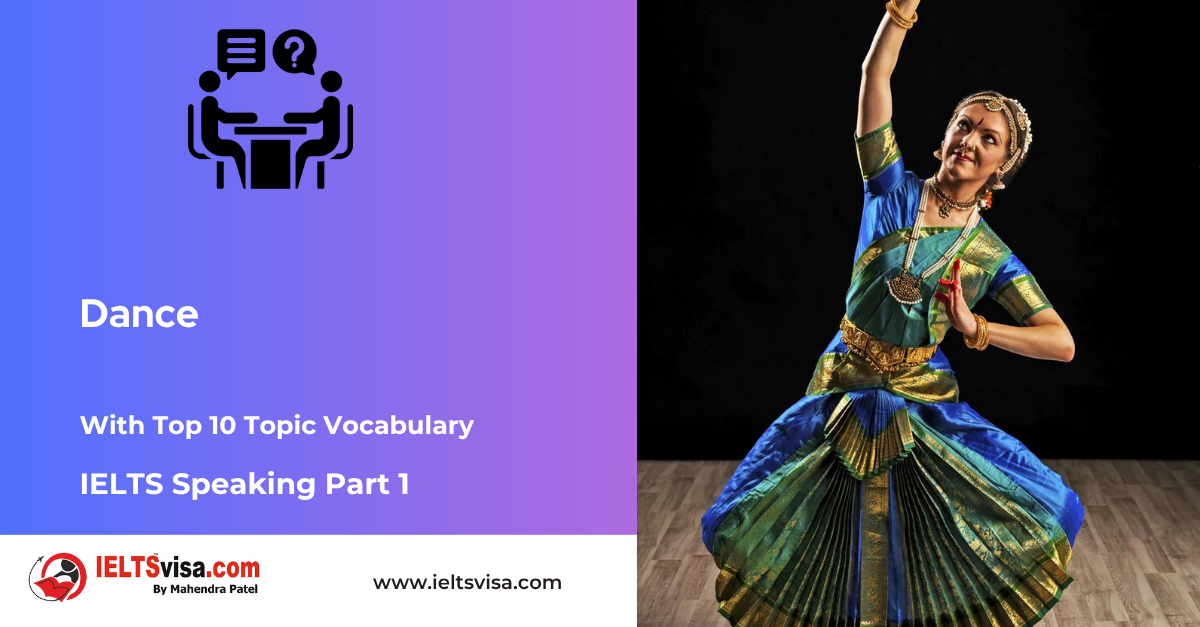
IELTS Speaking Part 1 – Dance
Examiner: Do you enjoy dancing?
Candidate: Yes, I enjoy dancing, especially when I can let loose and move to the music with friends at a party. While I might not be the most skilled dancer, I find joy in the freedom and expression it allows.
Examiner: What kind of dancing are you most familiar with?
Candidate: I’m most familiar with popular social dances like salsa and swing. I’ve also been exposed to various styles showcased in popular media, such as hip-hop and ballet.
Examiner: Have you ever tried to learn how to dance formally?
Candidate: I have tried learning dance informally by following online tutorials and learning a few moves from friends. While I haven’t taken formal lessons, these experiences have been enjoyable and educational.
Examiner: Do you think dancing is a good form of exercise?
Candidate: Absolutely! Dancing is a fun and energetic way to get exercise. It improves coordination, flexibility, and cardiovascular health. The social aspect of dancing can also boost mood and combat stress.
Examiner: In your culture, is there a traditional dance that people enjoy performing?
Candidate: Yes, my culture has a rich dance tradition. One famous dance is [mention the name of the dance]. It’s typically performed at festivals and celebrations and often reflects our cultural values and historical narratives.
Examiner: Do you think everyone can learn how to dance?
Candidate: Absolutely! Dance is for everyone, regardless of age or skill level. There are dance styles to suit all abilities and interests. The most important thing is to have fun and enjoy the process of learning and moving your body.
Examiner: Have you ever seen a live dance performance that you particularly enjoyed?
Candidate:I once saw a genuinely spectacular ballet performance. The dancers’ skill, athleticism, and emotional expression left a lasting impression. Live dance performances offer a powerful and captivating experience.
Examiner: Do you think dancing is a good way to express yourself?
Candidate: Absolutely! Dance is a powerful form of nonverbal communication. Through movement and body language, dancers can express emotions, tell stories, and connect with audiences on a deeper level.
Examiner: In your opinion, what makes someone a good dancer?
Candidate: There are different aspects to being a good dancer. Technical skill and execution of steps are important, as are artistry, musicality, and the ability to connect with the audience through movement. Ultimately, a good dancer captivates viewers and leaves them feeling moved or inspired.
Examiner: Is dancing a popular activity in your country?
Candidate: Dancing is undoubtedly a popular activity in my country. Social dance clubs, professional dance companies, and even reality TV shows are dedicated to dance. However, participation might vary depending on age group and cultural background.
Examiner: Do you think there are any health benefits to watching dance performances?
Candidate : While not as physically demanding as participating, watching dance performances can offer some health benefits. The energetic movements and captivating music can elevate mood and reduce stress. The focus and concentration required to appreciate the performance can also be a form of mental exercise.
Examiner: In your opinion, is there a difference between dancing for fun and dancing competitively?
Candidate : Absolutely! Dancing for fun is about enjoyment and self-expression. The focus is on personal satisfaction and the joy of movement. Competitive dancing involves more pressure, with dancers striving for technical perfection and aiming to impress judges. Both approaches have their merits, and the ideal approach might depend on individual goals and personality.
Examiner: Have you ever witnessed a cultural dance that you found particularly interesting?
Candidate : I have witnessed cultural dances that are fascinating. One example is the traditional flamenco dance from Spain. This dance’s unique costumes, symbolic movements, and historical significance make it particularly captivating.
Examiner: Do you think learning to dance can be a good way to meet new people?
Candidate : Absolutely! Dance classes or social dance events can be great places to meet new people with common interests. The social interaction and sense of community fostered by dance can significantly expand your social circle and build friendships.
Examiner: What’s the most important quality for someone who wants to learn how to dance?
Candidate : The most important qualities are a positive attitude and a willingness to learn. Dedication and practice are essential for improvement, but enjoying the process and not getting discouraged by initial difficulties are key to success. Having fun and embracing the learning experience is crucial for anyone wanting to explore the dance world.
Top 10 Topic Vocabulary for “Dance”
|
Vocabulary |
Type |
Meaning |
Synonyms |
Antonyms |
Word Family |
Example Sentences |
|
Captivating |
Adjective |
Able to attract and hold the attention; fascinating |
enchanting, mesmerizing, enthralling |
captivate |
Dance performances can be captivating. The grace and skill of the dancers can be truly captivating. |
|
|
Expression |
Noun |
The act of showing or revealing something, especially feelings or thoughts |
display, demonstration, manifestation |
express |
Dance is a form of expression. Dance allows us to express our emotions and tell stories through movement. |
|
|
Coordination |
Noun |
The ability to organize and control movements |
teamwork, cooperation, teamwork |
coordinate |
Dancing improves coordination. Dancing requires coordination and balance. |
|
|
Cardiovascular |
Adjective |
Relating to the heart and blood vessels |
circulatory, circulatory system, heart and blood vessels |
cardiovascular |
Dancing is good for cardiovascular health. Dancing is a great way to get your heart rate up and improve your cardiovascular fitness. |
|
|
Narrative |
Noun |
A story or account of events |
tale, story, account |
narrate |
Cultural dances often reflect cultural narratives. Some cultural dances tell stories about history, traditions, or beliefs. |
|
|
Versatility |
Noun |
The ability to adapt to different situations or tasks |
adaptability, flexibility, resourcefulness |
versatile |
Dance is a versatile form of exercise. There are many different styles of dance to choose from, so you can find one that suits your interests and abilities. |
|
|
Unwind |
Verb |
To relax and stop feeling stressed |
relax, de-stress, chill out |
unwinding |
Dancing can help you unwind. Dancing is a great way to relax and relieve stress. |
|
|
Intrigue |
Noun |
The quality of being interesting or fascinating |
fascination, allure, appeal |
intrigued |
I’m intrigued by cultural dances. I find cultural dances fascinating and want to learn more about them. |
|
|
Exhilarating |
Adjective |
Exciting and stimulating |
thrilling, exhilarating, exhilarating |
exhilaration |
Dancing can be an exhilarating experience. Dancing can be a lot of fun and can give you a sense of exhilaration. |
|
|
Community |
Noun |
A group of people living in the same place or having the same interests |
society, group, association |
communal |
Dancing can foster a sense of community. Dancing can bring people together and create a sense of belonging. |

Our Books
Master IELTS Speaking Part 1
IELTS Writing Task 1 Book
IELTS Writing Task 2 Book
Practice IELTS Other Modules
IELTS Listening
The IELTS Listening test assesses how well you can understand spoken English in various contexts. It lasts about 30 minutes and is divided into four sections with a total of 40 questions. The listening tasks become increasingly difficult as the test progresses.
IELTS Academic Reading
The IELTS Academic Reading section assesses your ability to understand and interpret a variety of texts in academic settings. It is designed to evaluate a range of reading skills, including skimming for gist, reading for main ideas, reading for detail, understanding inferences, and recognizing a writer's opinions and arguments.
IELTS Speaking
The IELTS Speaking test assesses your ability to communicate in English on everyday topics. It lasts 11-14 minutes and consists of three parts: introduction, cue card, and a discussion based on the cue card topic.
IELTS General Reading
IELTS General Reading tests your ability to understand and interpret various types of texts. Here are some key areas and types of content you can expect to encounter in the reading section, along with tips for effective preparation.
IELTS Academic Writing Task 1
In IELTS Academic Writing Task 1, you are presented with a visual representation of information, such as graphs, charts, tables, or diagrams, and you are required to summarize, compare, or explain the data in your own words.
IELTS General Writing Task 1
In IELTS General Writing Task 1, you are required to write a letter based on a given situation. The letter can be formal, semi-formal, or informal, depending on the prompt. Here’s a breakdown of the key components to include in your letter
IELTS Academic Writing Task 2
In IELTS Academic Writing Task 2, you are required to write an essay in response to a question or topic. Here’s a guide to help you understand the essential elements of this task
IELTS Exam Tips
To succeed in the IELTS exam, practice regularly, familiarize yourself with the test format, improve your vocabulary, develop time management skills, and take mock tests to build confidence.
Grammer for IELTS
Grammar is the foundation of effective communication in English. Understanding tense usage, subject-verb agreement, and sentence structure enhances clarity and coherence in writing and speaking.
Vocabulary for IELTS
Vocabulary plays a crucial role in the IELTS (International English Language Testing System) exam, especially in the Speaking and Writing sections. Here’s an overview of why vocabulary is important and how it impacts your performance
RECENT IELTS SAMPLES QUESTIONS AND ANSWERS
IELTS Speaking Part 1 – Favourite Sujbect – Physics
IELTS Speaking Part 1 - Favourite Sujbect - Physics Q: What is your favourite subject? A: My favourite subject...
IELTS Speaking Part 1 – Present Situation (Student)
IELTS Speaking Part 1 - Present Situation (Student) Q1: Are you a student or do you work?A: I’m a full-time...
IELTS Speaking Part 1 – Present Situation – Employee – as an International Student and Social Worker
IELTS Speaking Part 1 - Present Situation - Employee - as an International Student and Social Worker Q1: Are...
IELTS Speaking Part 1 – Persent Situation – Employee- as an Electric Engineer
IELTS Speaking Part 1 - Persent Situation - Employee- as an Electric Engineer Q1: What do you do for a...
IELTS Speaking Part 1 – Persent Situation – Employee – as an Software Engineer
IELTS Speaking Part 1 - Persent Situation - Employee - as an Software Engineer Q1: What do you do for a...
IELTS Speaking Part 1 – Persent Situation – Married
IELTS Speaking Part 1 - Persent Situation - Married Q1: Are you married?A: Yes, I am married. My spouse and I...

